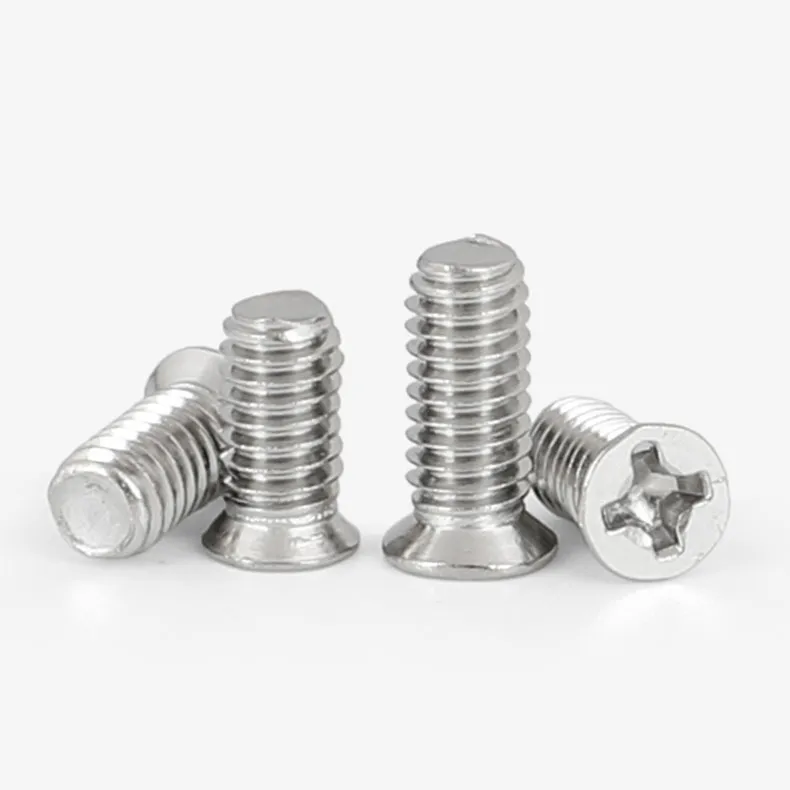

plate spring washer
9월 . 23, 2024 05:33 Back to list
plate spring washer
Understanding Plate Spring Washers Structure and Application
Plate spring washers, often referred to as disc spring washers, are essential components in a variety of engineering and manufacturing applications. These washers are designed to provide a reliable spring effect while maintaining load and stability in mechanical assemblies. Their unique structure and functionality make them indispensable in industries ranging from automotive to aerospace and even general machinery.
A plate spring washer is characterized by its circular shape, which resembles a standard washer but features a specific design that enables it to exert a consistent force even under varying loads. They are typically made from high-strength materials such as steel or stainless steel, and this allows them to endure heavy stress and resist deformation over time.
One of the primary benefits of using plate spring washers is their ability to absorb shocks and vibrations. This capability is critical in many applications where machinery or equipment operates under fluctuating conditions. By reducing the impact of vibrations, these washers help prolong the life of the components they secure, thus reducing maintenance costs and downtime.
plate spring washer

The design of plate spring washers allows them to be stacked or arranged in various configurations. Engineers can tailor the amount of deflection and load capacity based on how many washers are used. This versatility makes them suitable for several applications, including as load distributors, shock absorbers, or tensioners in bolted connections.
In practical use, plate spring washers are commonly found in situations that require a tight fit to prevent loosening due to vibrations. For example, in automotive applications, they are integral in securing bolts and nuts where constant movement and vibration occur. Similarly, in the aerospace industry, these washers are employed to maintain secure fittings on crucial components to ensure safety and reliability.
Installation of plate spring washers is straightforward. Typically, they are placed beneath the head of a bolt or nut, providing an additional layer of tension against unwanted loosening. It is essential to select the correct size and thickness of the washer in relation to the bolt being used to achieve optimal performance.
In conclusion, plate spring washers play a vital role in ensuring the integrity and functionality of mechanical assemblies. Their ability to provide consistent force, dampen vibrations, and distribute loads makes them valuable components in a myriad of applications. As industries continue to evolve and push the limits of technology, the importance of reliable components like plate spring washers will only continue to grow, reinforcing their place in the modern engineering landscape.
Latest news
-
Hot Dip Galvanized Bolts-About LongZe|High Strength, Corrosion Resistance
NewsJul.30,2025
-
High-Strength Hot Dip Galvanized Bolts - Hebei Longze | Corrosion Resistance, Customization
NewsJul.30,2025
-
Hot Dip Galvanized Bolts-Hebei Longze|Corrosion Resistance&High Strength
NewsJul.30,2025
-
High-Strength Hot-Dip Galvanized Bolts-Hebei Longze|Corrosion Resistance&High Strength
NewsJul.30,2025
-
Hot Dip Galvanized Bolts-Hebei Longze|Corrosion Resistance&High Strength
NewsJul.30,2025
-
Hot Dip Galvanized Bolts - Hebei Longze | Corrosion Resistance, High Strength
NewsJul.30,2025

